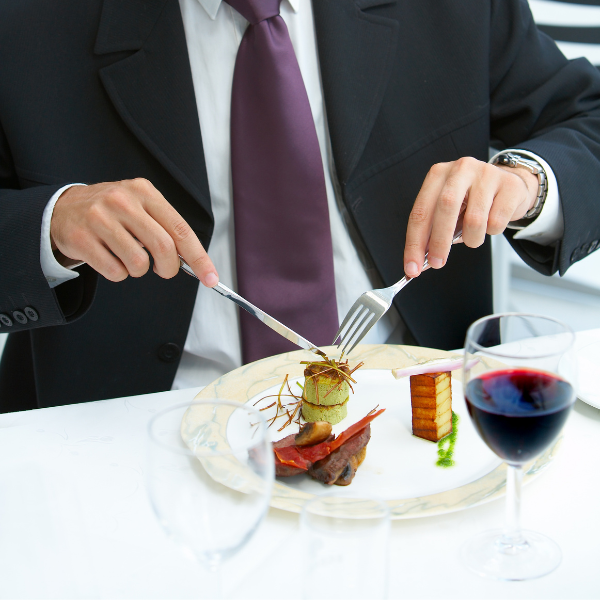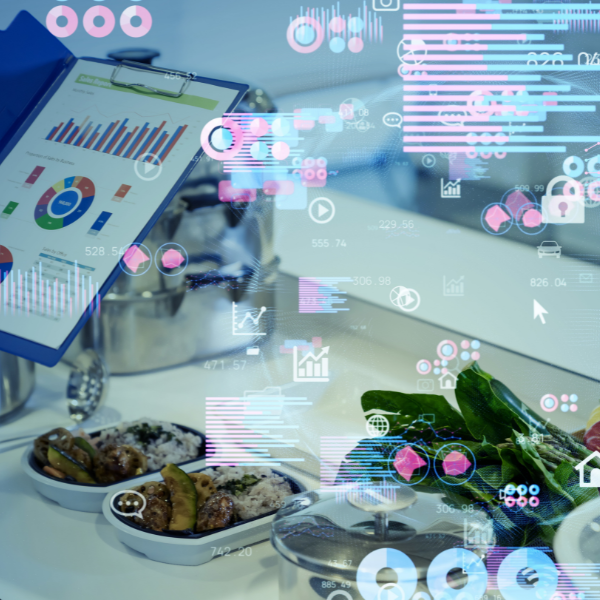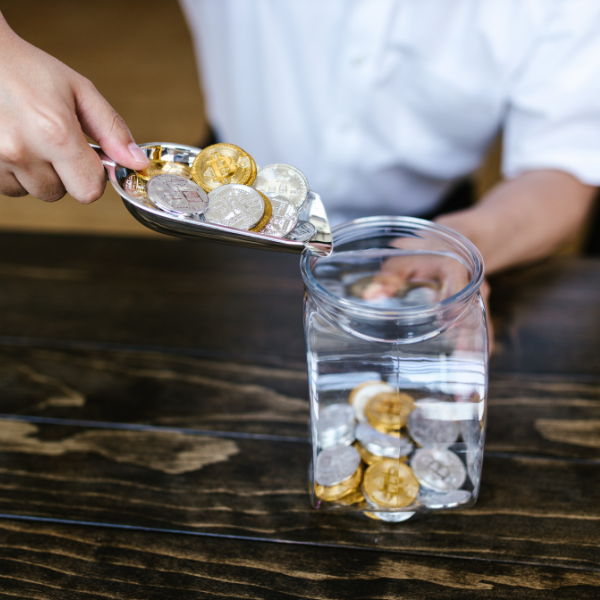
Top 10 High-Margin Cocktails
Identifying cocktails that are both popular and cost-effective is key to boosting profits. Here are ten cocktails known for their high profit margins:
Old Fashioned
A classic cocktail made with whiskey, sugar, bitters, and a twist of citrus. Its simple ingredients and strong customer appeal make it highly profitable.Margarita
Combining tequila, triple sec, and lime juice, the margarita is a favorite among patrons. Its low cost of goods sold (COGS) and high demand contribute to substantial profits.Moscow Mule
Made with vodka, ginger beer, and lime juice, this refreshing drink has a low pour cost and high popularity, making it a lucrative option.Daiquiri
A simple mix of rum, lime juice, and sugar, the daiquiri boasts a low pour cost of under 14%, enhancing its profitability.Espresso Martini
This cocktail combines vodka, espresso, and coffee liqueur. Its trendy status and premium pricing contribute to high profit margins.Tom Collins
A gin-based cocktail with lemon juice, sugar, and soda water. Its simplicity and low ingredient cost make it a profitable choice.Aperol Spritz
Combining Aperol, prosecco, and soda water, this vibrant cocktail is both cost-effective and highly popular, especially in warmer months.Negroni
Equal parts gin, vermouth, and Campari, the Negroni's strong flavor profile and minimal ingredients contribute to its profitability.Gin & Tonic
A straightforward mix of gin and tonic water, this classic drink is easy to prepare and offers a high profit margin due to its low ingredient cost.Rum Punch
A blend of rum, fruit juices, and sweeteners, rum punch is popular for its flavor and cost-effectiveness, making it a profitable menu item.
Strategies To Maximize Cocktail Profitability
Beyond selecting high-margin cocktails, implementing effective strategies can further enhance profitability:
Inventory Management: Regularly monitor stock levels to reduce waste and prevent overstocking. Efficient inventory practices ensure that ingredients are used optimally.
Staff Training: Educate bartenders on proper pouring techniques to maintain consistency and control costs. Accurate measurements prevent overpouring and ensure quality.
Menu Engineering: Design your menu to highlight high-margin cocktails. Use strategic placement and descriptive language to draw attention to these items.
Dynamic Pricing: Adjust prices based on demand, time of day, or season. Offering premium pricing for specialty cocktails during peak hours can increase profits.
Signature Cocktails: Develop unique drinks that reflect your brand. Signature cocktails can command higher prices and differentiate your establishment from competitors.
Understanding Pour Costs and Profit Margins
Pour cost is a critical metric in determining a cocktail's profitability. It represents the cost of ingredients used to make a drink, expressed as a percentage of the selling price. A lower pour cost indicates a higher profit margin.
Calculating Pour Cost:
Pour Cost (%) = (Cost of Ingredients / Selling Price) x 100
Example:
If a cocktail costs $2 to make and is sold for $10:
Pour Cost = ($2 / $10) x 100 = 20%
Aim for a pour cost between 18-24% to ensure healthy profit margins
When it comes to boosting restaurant margins, the right cocktail menu isn't just about flavor—it's about strategy. By spotlighting high-margin drinks like Margaritas, Old Fashioneds, and Espresso Martinis, and mastering techniques like inventory control and menu engineering, you’re not just mixing drinks—you’re mixing profits. So raise a glass to smart decisions and let every pour bring in more profit. The next time you shake up a cocktail, remember—you’re not just serving a drink, you’re serving your bottom line. Cheers to profitable pours!






